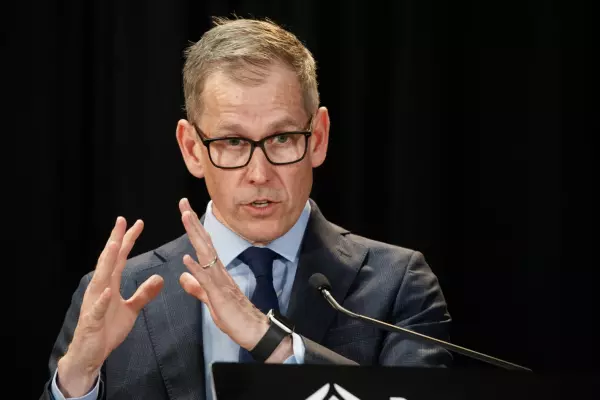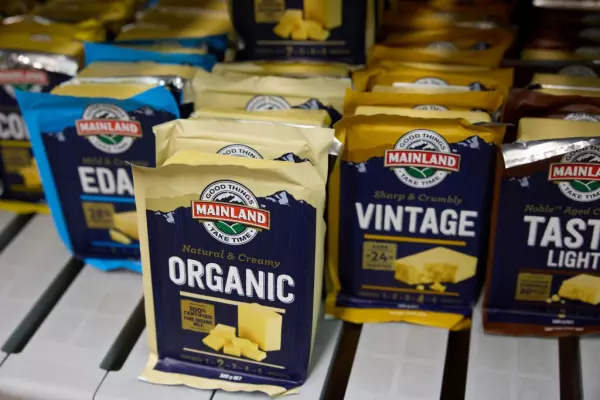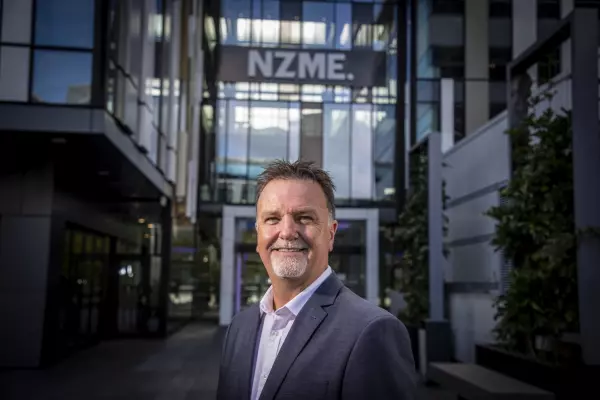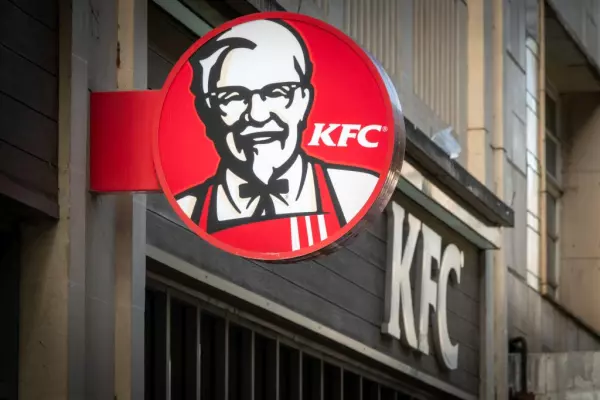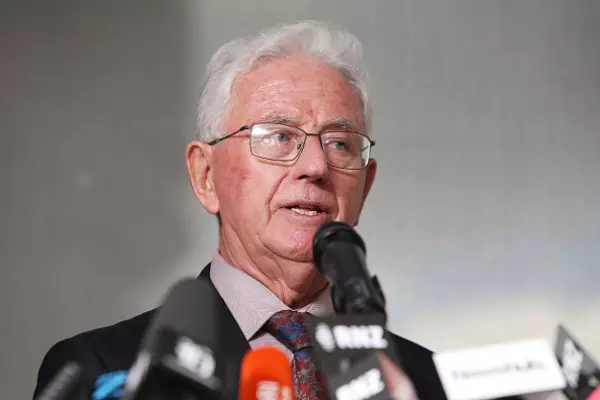August is too soon for a rate hike.
Central banks are inherently cautious and the Reserve Bank of New Zealand has good reason for caution.
NZ has been lulled into a false sense of security when it comes to covid-19.
The reality is only about 15% of the population is fully vaccinated and under 35-year-olds won’t even be able to book their first dose until October.
Until those rates come up, we are always one person away from another lockdown.
Look at Australia.
Half of the population – or more than 13 million people – are confined to their homes after a third state joined efforts to stop the spread of the delta variant.
Sydney is in its fourth week of a five-week lockdown that will be extended if new cases don’t hit close to zero. There were 110 today.
Up until recently, we had a travel bubble with Australia because they were just like us.
Lockdowns slam the economy.
According to the BNZ the Australian lockdowns will “act as a significant drag on GDP, slicing at least 2 percentage points off growth, taking it well into negative territory”.
It's a risk
The central bank last week also noted the risk. The need to “reinstate covid-19 containment measures in some regions highlights the ongoing global health and economic risks posed by the virus”.
So why are economists demanding the central bank move?
The labour market is tight – but that’s more to do with the closed borders than any structural change in the Kiwi economy. The central bank is mandated with ensuring employment is at a maximum sustainable level. Surely that doesn't mean just while the border is closed?
The main issue is the stronger-than-expected inflation and they argue it needs to clamp down before it gets out of hand.
The CPI increased 1.3% in the June quarter, bringing the annual rate of inflation to 3.3%.
What is transitory?
The central bank is mandated with keeping inflation between 1% and 3% but it “looks through” anything it considers “transitory”.
This isn’t just an NZ issue. Central banks across the globe are grappling with whether pressures are “transitory” or permanent.
The US Federal Reserve is opting to look through.
US inflation hit 5.4% in June but Federal Reserve chair Jerome Powell has said it is temporary and he doesn’t want to risk stifling the economy too soon.
The minutes from the Reserve Bank of Australia’s latest monetary policy meeting show members expect year-end CPI inflation was expected to rise to be temporarily above the target in the June quarter but said it would subsequently decline as it was “owing to the reversal of some covid-19 related price reductions in the previous year”.
The RBNZ’s monetary policy committee also came down on the transitory side of the fence earlier this month.
It noted: “There will be near-term spikes in headline CPI inflation in the June and September quarters.”
However, “these reflect factors that are either one-off in nature, such as high oil prices, or expected to be temporary in duration, such as supply shortfalls and higher transport costs”.
Yet, it said in the absence of any further significant economic shocks, more persistent consumer price inflation pressure is expected to build over time due to rising domestic capacity pressures and growing labour shortages.
Uncertainties
However, “uncertainties remain”.
Are those uncertainties going to change between now and Aug 18? Unlikely.
ANZ, however, argues inflation is “galloping away” and cites shipping disruptions, the closed border, higher cost of materials and councils “dishing out higher rates” as key factors.
They see inflation peaking at 4.2% in the September quarter.
Their economists note many of these factors are covid-19 related and “of a temporary nature” but warn the price increases will persist well into next year.
Next year is only just over five months away. Again, is that transitory or permanent?
Regardless, ANZ said the central bank needs to act and they now see the official cash rate hitting 1.75% by November 2022.
That’s 1.5% percentage points higher – or six 25 basis point rate hikes – than it is now.
They aren’t alone.
BNZ also said there were transitory elements to last week’s CPI read but “we think there is more of this so-called transitory impetus to pass through into selling prices".
History repeating?
So when was inflation last this high?
During the recovery phase following the GFC in 2011 when the then National-led government hiked GST – lifting consumer prices – to offset income tax cuts.
According to Philip Poppe, managing director at Forex Ltd, the situation is “almost a mirror repeat” and “we don’t seem to have learned the lesson”.
He is one of the very few voices calling on the central bank to bide its time.
Post-GFC price pressures pushed several central banks – starting with the Reserve Bank of Australia – to move on rates but they quickly discovered their economies were too fragile, said Poppe.
“Every central bank that moved after the GFC, which was the RBA, the RBNZ, the Federal Reserve, all of them had to unwind everything," he said.
According to Poppe, the issue is the assumption that growth rates are going to stay around the same levels they are now “and I think that is the Achilles heel”.
“We actually think the market is going to burn itself off and come back to a lower level.”
This is why it would pay to wait.
“Raising interest rates isn’t going to do anything to help growth, in fact, it’s going to do the reverse.”
If the mortgage market in NZ is $310 billion then a 1% interest rate rise strips some $3.1b out of people’s pockets, more than the extra $2.1b earned on $207.9b in term deposits. “That is going to affect the market.”
Also, what happens when supply constraints and a labour shortage start to bite and firms start shutting down as opposed to just lifting prices?
Words versus actions
Poppe also noted the market seems to be saying one thing but doing something else.
US fund managers are going long on bonds. Why would they do that if they think rates are going higher?
According to Poppe, they may well be worried the post-covid surge in the US economy has already peaked, which is why the Fed is taking a cautious stance at the moment on not moving rates up.
US long rates have backed off first quarter highs, according to Eric Stein, Eaton Vance chief investment officer, fixed income.
“The markets got a bit overextended with the first quarter surge in long-term rates and inflation expectations, and the second quarter reversal appears to reflect a belief that US growth and inflation rates may have peaked,” he said.
“While inflation is being taken seriously by the Fed and the markets, there is now a growing consensus that it mostly stems from transitory, pandemic-related issues.”
NZ rates have also backed off. The 10-year NZ government bond yield was trading today at 1.51% versus 1.96% at the end of the first quarter.
Meanwhile, the delta variant jitters are also having an impact.
The market is now pricing a 65% chance of a rate hike in August versus a 90% chance last week and the kiwi dollar eased against the Aussie after gaining strongly on a potential interest rate differential given the RBA isn’t planning on hiking any time soon.
“The cross is slightly lower as traders reassess how aggressive any RBNZ tightening of policy will be against the current pandemic risks,” said BNZ senior markets strategist Jason Wong.
Best guess? The central bank will indicate that it will begin hiking sooner than September 2022 in the August monetary policy statement but will bide its time at least until the country is safer on the covid front.




